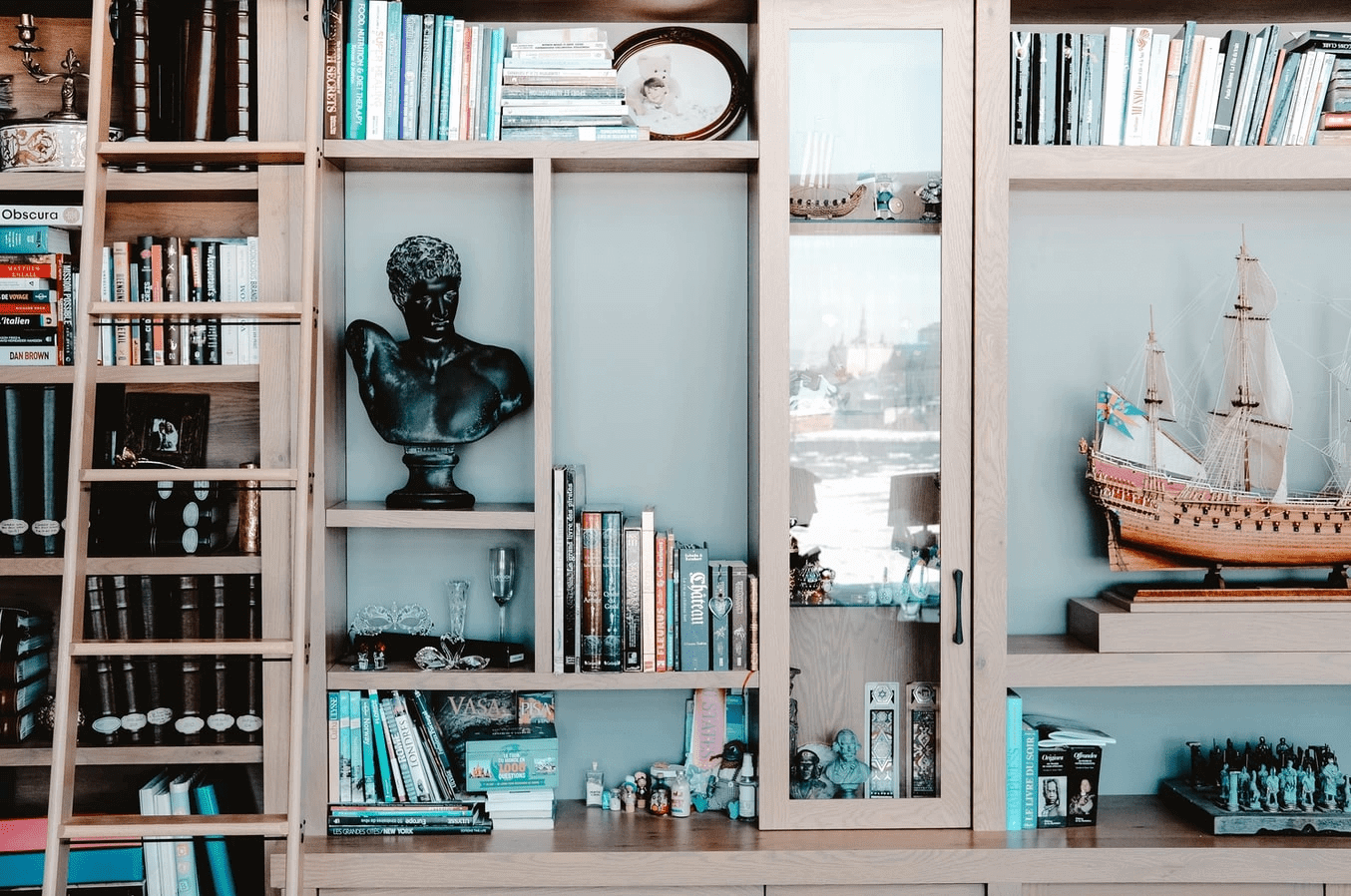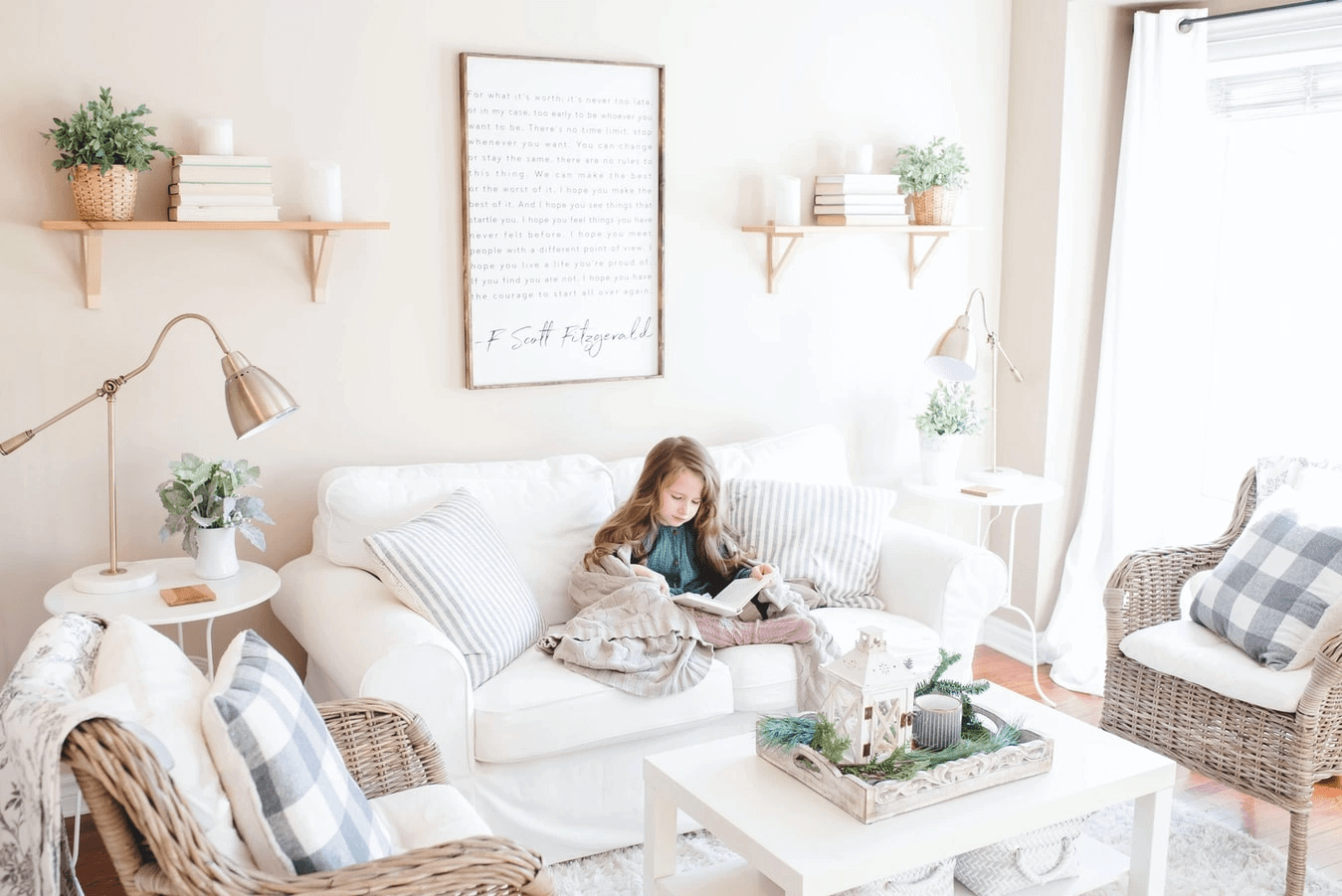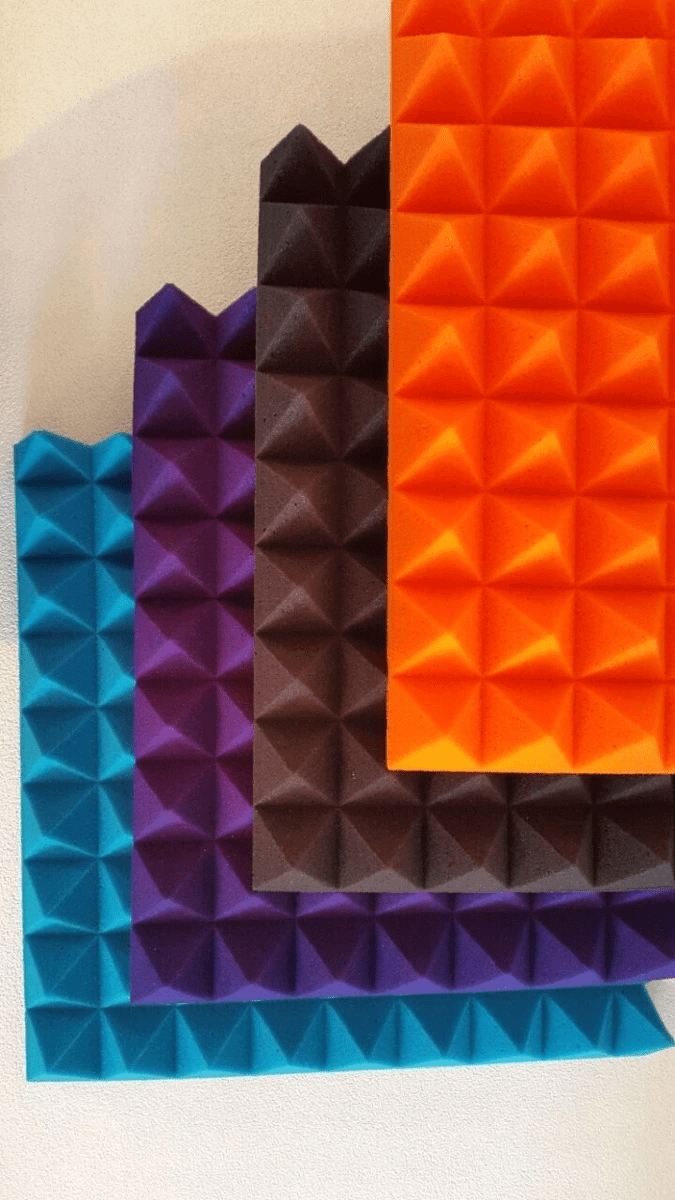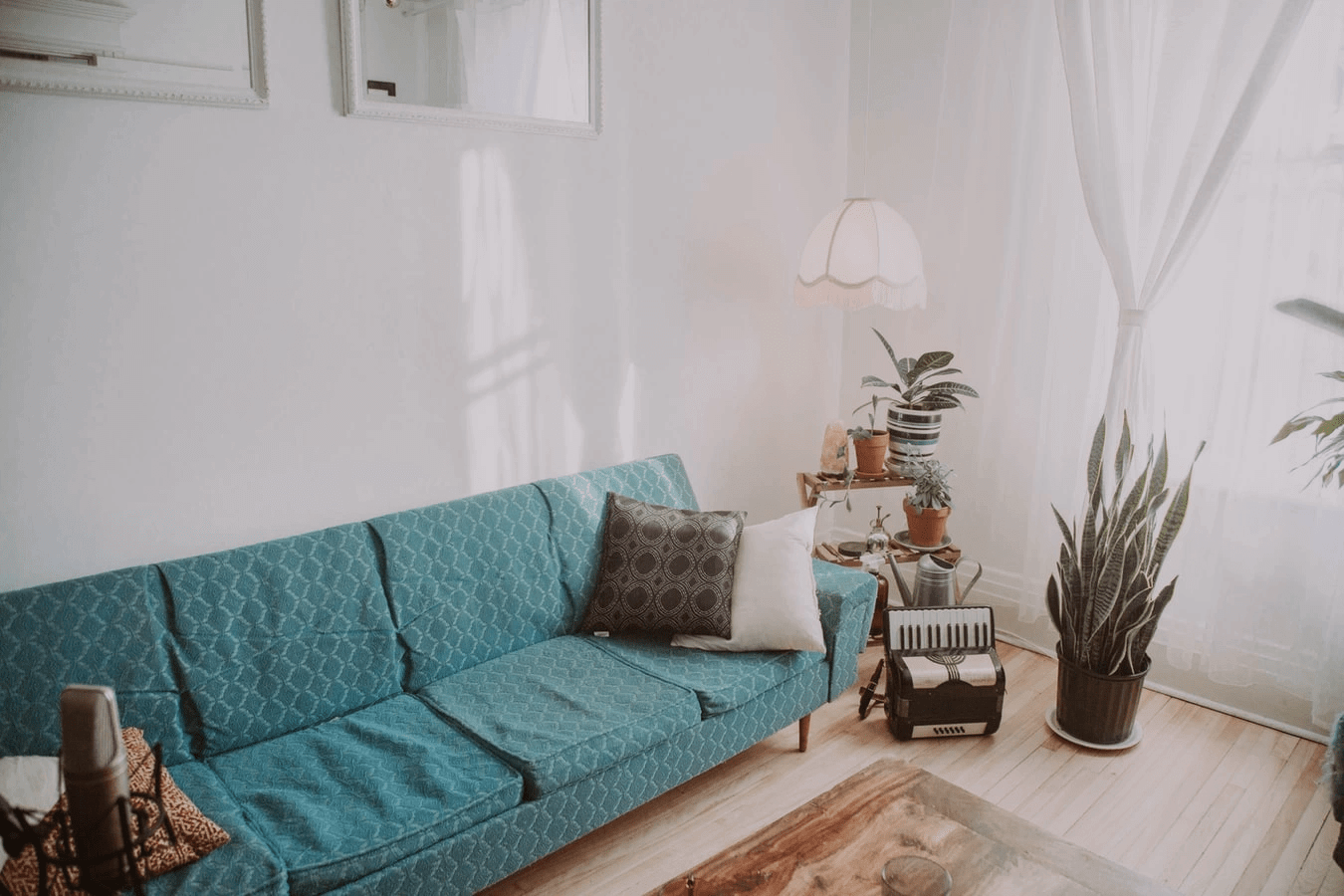5 Smart Solutions For Reducing Echo In Your Living Room And Beyond
Do you experience echoes in your apartment? Reducing echo can be tricky, but not when you’re in good hands!
If you’ve ever been inside a large public space or airy loft with bare walls and hard surface floors, you may have noticed a distinctive ringing sound called flutter echo. This phenomenon occurs when sound waves bounce back and forth between the walls, ceiling, and floor, making conversations difficult. Here are a few ways to combat this acoustic issue for an improved audio and conversational atmosphere.
Two opposing walls can allow sound waves to reflect back and forth in a repetitive manner, resulting in a blurred, out of focus, and delayed interior sound. Tall ceilings and long rooms can further increase these distinct echoes, affecting conversations or making it difficult to enjoy music or television at home. But with a little thought and careful use of the following solutions, you can curb distracting sounds and create a more peaceful space without the echoing.
1. Hang Textiles and Wall Art on Parallel Walls

A large canvas painting or cloth textile will add a little sound absorption to reducing echo. Positioning soft surface items on parallel surfaces will especially help disrupt the ability of sound to bounce back and forth between adjacent walls. One additional note before choosing wall art: Heavy oil paint can resemble a hard surface when dry and cause reflection and diffusion. So the softer your wall art’s surfaces, the better. You might even consider hanging a colourful area rug or a decorative blanket instead of paintings or photographs for this reason.
2. Use a Tall Bookcase and Add Objects to the Room

A large bookcase accessorized with various sized objects can soften and dampen echoes by forcing sound waves to bend around, diffusing and scattering sound throughout the room. Placing books on a bookcase at different depths also enhances this diffusion effect, thus breaking up the flutter of echoes.
3. Add an Area Rug on to Bare Floors

Floors made of concrete, tile, or hardwood can also act as a reflective surface. Using an area rug not only adds warmth and decorative punch, but the softer surface is especially useful in reducing echo in rooms with tall ceilings. Do yourself a favour and add as many area rugs to your home as you can. Rugs will define each of your spaces, provide comfort underfoot, and also help absorb sounds—there is, after all, a reason landlords often ask tenants to cover a majority of their floors in carpeting.
4. Bring in Acoustic Panels to Enhance Sound Absorption

Traditional acoustic foam panels can be very effective at reducing sound from reflecting back and forth. I came across a company that allows customers to choose art to embellish normally utilitarian-looking acoustical panels. Acoustica Projects’ 3D Tiles and Horizon™ are decorative ways to help minimise echo or reverb problems.
For a DIY solution, you can cut and install foam sheets to place inside the back of canvas mounted artwork; soft foam sheets are often packed while shipping, so you may already have some around.
5. Work Window Coverings to their Full Potential

When it comes to sound absorption, the heavier—and more ample—your window coverings, the better, especially if you have large windows. For drapery, consider fabrics like velvets and sturdy canvas cotton as opposed to light, gauzy sheers. If you only have shades or blinds, adding that layer of curtains can really help. Same is true if you only have curtains, so consider pairing yours with bamboo or fabric woven shades, which are more absorptive than metal or plastic blinds.
You can also double up on your curtain panels, as seen in the room above. It’s also possible to add curtain panels to a wall or a large opening that leads into an adjoining room. The more soft fabric to absorb noise, the better.
A flutter of echoes can make any space feel clinical, cold and uninviting. Treating your room with smart acoustic choices like the ones listed above can improve understanding movie dialogue, clarity of music from the stereo, and most importantly, keep conversations easy and comfortable.
If you want to minimise echoes in your home, contact us! You can also schedule a virtual meeting with us.
A large canvas painting or cloth textile will add a little sound absorption to reducing echo. Positioning soft surface items on parallel surfaces will especially help disrupt the ability of sound to bounce back and forth between adjacent walls. One additional note before choosing wall art: Heavy oil paint can resemble a hard surface when dry and cause reflection and diffusion. So the softer your wall art’s surfaces, the better. You might even consider hanging a colourful area rug or a decorative blanket instead of paintings or photographs for this reason.
Call us 1300 498 268
Email us – enquires@acousticaprojects.com.au
Website – www.acousticaprojects.com.au
